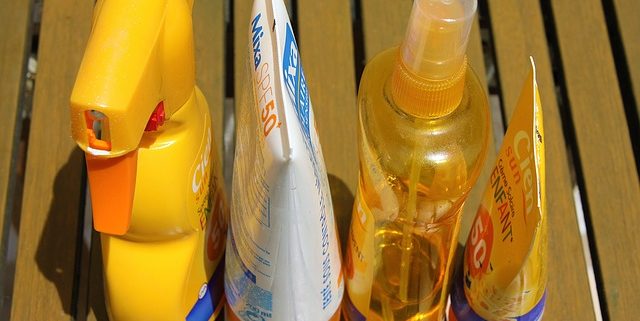Selling Sunscreen in Canada
As winter turns to spring and North Americans take to the outdoors, sunscreen sales once again occupy a large proportion of pharmacy shelves and on-line sales. The rising awareness regarding the importance of sun protection and the launch of new products with more effective formulations have significantly driven the global market for sun care products.
UV filters are found in a variety of consumer products such as primary sunscreens, moisturizers and cosmetics offering protection from the sun. Any of these products must, if they contain one or more UV filters, apply to Health Canada for approval before they are sold or exported to Canadian consumers.
SPF products in Canada are regulated as over-the-counter drug/natural health products depending on the UV filters in the formulation. If the UV filters in a given product are any combination of zinc oxide, titanium dioxide or 4-Aminobenzoic acid (PABA) then the product will be regulated as a natural health product (NHP) and a product license application must be filed with Health Canada’s Natural and Non-Prescription Health Products Directorate. Products that contain UV filters other than these three will require a DIN (drug identification number) from Health Canada before sale. When both NHP and drug UV filters are present in a particular product, that product will be regulated as a drug product only and will require a DIN. Sunscreens are one of the few categories of consumer products that fall into more than one category; therefore proper product classification is an essential first step of the registration process as it avoids time wasted in the wrong application wait line. This strategy should be applied to registration of cosmetics that contain UV filters, such as lip balms, liquid or powder foundation, and moisturizers with SPF functions.
Product labels of sunscreen products should be consistent with the requirements in Canada. Manufacturers should compare their proposed labels with two important documents; the Sunscreen Monograph – Version 2.0 (1), and the Drug Facts Table for Non-prescription Drugs Guidance Document available at the Health Canada website. Recent updates to the monograph, including new safety statements for spray products, should be incorporated into relevant product labels in order for products to continue to be compliant with Health Canada regulations and ensure consumer safety.
(1) http://webprod.hc-sc.gc.ca/nhpid-bdipsn/atReq.do?atid=sunscreen-ecransolaire
(2) https://www.canada.ca/en/health-canada/services/drugs-health-products/public-involvement-consultations/natural-health-products/guidance-document-drug-facts-table-non-prescription-drugs.html#a102





